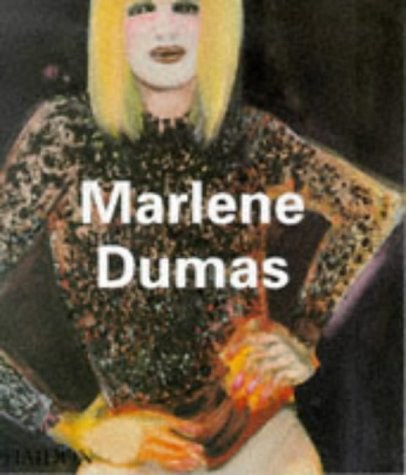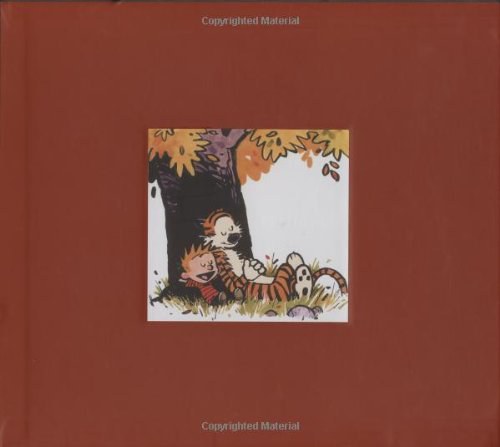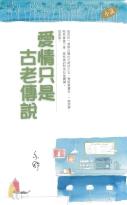
The Stack
书刊介绍
内容简介
What has planetary-scale computation done to our geopolitical realities? It takes different forms at different scales—from energy and mineral sourcing and subterranean cloud infrastructure to urban software and massive universal addressing systems; from interfaces drawn by the augmentation of the hand and eye to users identified by self—quantification and the arrival of legions of sensors, algorithms, and robots. Together, how do these distort and deform modern political geographies and produce new territories in their own image?
In The Stack, Benjamin Bratton proposes that these different genres of computation—smart grids, cloud platforms, mobile apps, smart cities, the Internet of Things, automation—can be seen not as so many species evolving on their own, but as forming a coherent whole: an accidental megastructure called The Stack that is both a computational apparatus and a new governing architecture. We are inside The Stack and it is inside of us.
In an account that is both theoretical and technical, drawing on political philosophy, architectural theory, and software studies, Bratton explores six layers of The Stack: Earth, Cloud, City, Address, Interface, User. Each is mapped on its own terms and understood as a component within the larger whole built from hard and soft systems intermingling—not only computational forms but also social, human, and physical forces. This model, informed by the logic of the multilayered structure of protocol “stacks,” in which network technologies operate within a modular and vertical order, offers a comprehensive image of our emerging infrastructure and a platform for its ongoing reinvention.
The Stack is an interdisciplinary design brief for a new geopolitics that works with and for planetary-scale computation. Interweaving the continental, urban, and perceptual scales, it shows how we can better build, dwell within, communicate with, and govern our worlds.
作者简介
Benjamin H. Bratton is a theorist whose work spans philosophy, computer science, and design. He is Associate Professor of Visual Arts and Director of the Center for Design and Geopolitics at the University of California, San Diego. He is also Visiting Professor of Critical Studies at SCI-Arc (the Southern California Institute of Architecture) and Professor of Digital Design at ...
(展开全部)
相关推荐
-

糖尿病的综合治疗
糖尿病的综合治疗 内容简介 本书从糖尿病神经病变防治知识实际出发,系统地介绍糖尿病神经病的生理解剖基础及流行病学,病理改变、发病机制及中医认识,临床表现及中西医...
-

生命(医易)百年历
生命(医易)百年历 本书特色 《生命百年历》由靳九成等所著,上编阐述这三个问题;下编推出《生命(医易)历120年(1931~2050)历表》,将开启一个历法新时...
-

小家,越住越大2
《小家,越住越大》荣获2016年度 “大众喜爱的50种图书”,2016年上市以来,畅销40万册,更不可思议的是,它的版权输出至英国、瑞典、西班牙、罗马尼亚、韩国...
-

图解服装裁剪技术
图解服装裁剪技术 本书特色 《图解服装裁剪技术》全书内容通俗易懂、言简意赅、图文并茂、形象逼真,适合中等职业学校、技工学校、工人培训的服装专业教学用书,也可作为...
-

兽之戏
* 甜美与杀孽共存的野兽的嬉戏* 中文简体世界首次出版《兽之戏》是日本文坛鬼才三岛由纪夫极具极具个人气质的长篇小说。与颇负盛名的《爱的饥渴》一脉相承,在整部小说...
-

中西温热串解
中西温热串解 本书特色 民国名医著作精华。中西温热串解 内容简介 吴瑞甫通过对中西医理论和诊疗技术的对比,列举了中西医学之特点,并提出自己的见解。如认为西医治病...
-

杨红樱笑猫日记
杨红樱,四川作协副主席,曾做过小学老师、儿童读物编辑和儿童刊物主编。19岁开始发表儿童文学作品,现已出版童话、儿童小说50余种,总销量超过3000万册。曾获中宣...
-

民法
民法 内容简介 本书**编为总则,主要论述了民法总则的相关知识,包括民法基本原则、民事法律关系、民事主体、民事权利、民事行为、代理以及期限与诉讼时效等。第二编为...
-

人从哪里来
人从最初“像猿”的阶段,一步一步演化成“像人”的样子。六七百万年前,在最早期人类的阶段,我们的祖先刚刚跟黑猩猩的祖先分手时,长得有九分像猿,慢慢学会双足行走,但...
-

假面山庄
◆东野圭吾:《假面山庄》是我的自信之作。我在构思时萌生出一个很妙的主意,于是写作一气呵成。◆这不仅是一本推理小说。读完全书,才能领悟深埋心底的巨大的爱。◆中文简...
-

中国针吸脱落细胞病理诊断学多媒体图谱
中国针吸脱落细胞病理诊断学多媒体图谱 本书特色 《中国针吸脱落细胞病理诊断学多媒体图谱》是由人民军医出版社出版的。中国针吸脱落细胞病理诊断学多媒体图谱 内容简介...
-

潜移默化
Cennydd和James都是来自Clearleft公司的用户体验设计师。Clearleft公司是一家位于英国布莱顿的Web咨询公司。他们也都是设计师社团的积极...
-

生命中的所有,都是为你而来
安德烈•莫瑞兹(Andreas Moritz)阿育吠陀按摩(印度传统医学)、虹膜学(透过对眼睛的观察及诊断,探知人体健康状况)、指压按摩及震频能量医学的执业医师...
-

侵蚀
本书是残雪作品系列之一。该系列一共五种,是残雪2003—2013年间的短篇小说全集。本书共10篇,16万字。有《犬叔》《地图》《母鼠》《恩师》《女儿们》《星河》...
-

自动驾驶
《自动驾驶》内容简介:如今的汽车行业正在经历“移动革命”,自动驾驶时代将给人们的生活带来天翻地覆的变化。那么,在未来,移动
-

风能技术
风能技术 本书特色 热点性:就当今热点话题风力发电展开叙述先进性:反映风力发电领域的全新研究成果系统性:详细具体地介绍风力发电相关技术实用性:指导读者进行风电应...
-

Permanent Record
dward Snowden, the man who risked everything to expose the US government’s syste...
-

By Mackenzie《Healing the Social Body》
Healthcarepolicyandproposalsfornationalhealthcarereformhavebecomesomeofthemostco...
-

治痹心法
治痹心法 本书特色 车秉刚编著的《治痹心法》共分上﹑下二篇,上篇为总论篇。下篇则为中医痹病的治疗篇。卷中详细讲述了现代医学对风湿性关节炎﹑类风湿性关节炎﹑系统性...
-

图解埃及生死书
《图解埃及生死书》主要内容:每一个亡灵梦寐以求的时刻。这时的阿尼已经通过了心灵的审判,正满怀崇敬之情,在荷露斯大神的带领下觐见冥王奥西里斯。奥西里斯头戴自冠,手...





